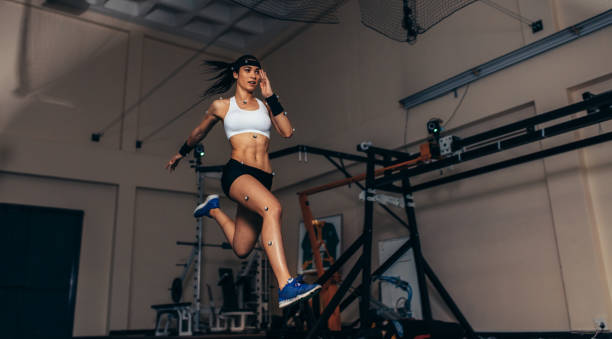Breaking Down the Art of Biomechanics in Elite Sports Performance
The world of sports is a thrilling arena where athletes constantly push the boundaries of human performance. But how do these individuals reach such incredible feats? The answer lies in the fascinating science of sports biomechanics. However, this discipline is far from just being about muscles and movements—it’s an intricate blend of physics, physiology, and psychology that impacts every aspect of an athlete's performance.

The Genesis of Sports Biomechanics
Sports biomechanics emerged as a distinct discipline in the late 1970s, blending the principles of physics with human movement. The goal was simple: understand how the human body moves to optimize athletic performance. The earliest studies focused on basic movements like running or jumping, but as technology advanced, so did the complexity of the research. Today, sports biomechanics covers everything from swinging a golf club to throwing a javelin, providing invaluable insights into how athletes can improve their technique and avoid injuries.
The Power of Precision
In sports, the smallest changes can make the biggest difference. For example, altering the angle of a golfer’s swing by just a few degrees can drastically change the ball’s trajectory. Sports biomechanics helps athletes find these tiny tweaks, focusing on optimizing movement efficiency for better performance. This precision is particularly crucial in sports like gymnastics or diving, where athletes must execute complex maneuvers with exact timing and control.
The Dance of Dynamics and Kinematics
Biomechanics is divided into two principal areas: dynamics and kinematics. Dynamics examines the forces involved in movement, such as gravity or muscle contractions. Kinematics, on the other hand, studies the motion itself, looking at factors like speed, acceleration, and trajectory. By understanding both dynamics and kinematics, athletes can refine their techniques to maximize force and control, enhancing their performance while minimizing the risk of injury.
The Challenges and Rewards of Sports Biomechanics
Despite its benefits, sports biomechanics is not without its challenges. The human body is an incredibly complex system, and even the most advanced technology can’t capture every nuance of movement. Yet, the potential rewards are immense. From helping athletes shatter world records to developing more effective rehabilitation programs for injured players, the contributions of sports biomechanics are invaluable.
The Future of Sports Biomechanics
As technology continues to advance, the possibilities for sports biomechanics are virtually limitless. Virtual reality, for instance, offers exciting prospects for studying and improving athletic technique. Additionally, the increasing use of wearable tech provides real-time data on athlete performance, paving the way for more personalized training programs. While the future of sports biomechanics is still being written, one thing is certain: it will continue to play a vital role in pushing the boundaries of human athletic performance.
Through the lens of sports biomechanics, sport becomes not just a test of physical ability, but also a showcase for the incredible complexities and capabilities of the human body. As the field continues to evolve, so too will our understanding of what athletes can achieve. For those who embrace its principles, sports biomechanics offers a path to unparalleled performance, transforming the impossible into the achievable.




